It’s ladies’ choice as Sadie Hawkins returns
A history of the iconic Sadie Hawkins Dance
February 22, 2018
For decades, many American women and teenage girls have looked forward to an evening that is contrary to traditional customs of date night. Also known as Ladies’ Choice in Texas, Sponge Dance in Michigan, and W.P.A (Women Pay All) in California, since 1938 the Sadie Hawkins Dance has been a classic woman-empowering event when females, instead of males, invite the guest to the dance. Within fifteen years, over forty thousand venues celebrated a Sadie Hawkins or similar event. Each American region has a different name and theme for the girl-ask-guy dance, all representing a watershed in American culture.
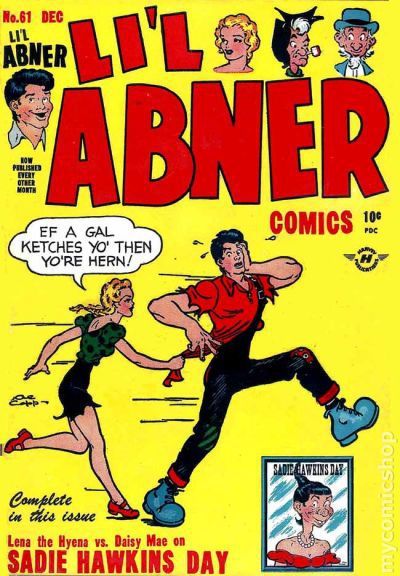
Alfred Caplin, born in New Haven, Connecticut, in 1909, is responsible for the creation of Sadie Hawkins Day. Caplin is most famous for his satirical comic strip “Li’l Abner,” which depicts fictional hillbillies in Dogpatch, Arkansas. The strip included the story of a day in November in which “unmarried women would chase bachelors around the town,” notes Casey Lewis from LiveAbout.
If a man were caught, he was obliged to marry the woman. Hawkins was said to be the “homeliest girl in all the hills” according to Caplin, which made that day her favorite. Bachelors, however, dreaded it. “Li’l Abner” soon earned its well-deserved fame, and Miss Hawkins became a humorous inspiration to many.
While the exact date of Sadie’s pursuit of young men is unknown, the first mention of Sadie Hawkins Day was November 15, 1938. Newspapers observed that Caplin was inconsistent about when Hawkins would appear in the paper, but it was usually mid- to late November. Many journalists, like Melissa Locker from TIME Magazine, were confused with other girl-ask-boy events which took place on February 29: leap year.
This Irish tradition is similar to Sadie Hawkins because women are encouraged to approach their sweethearts and ask for their hand in marriage. Though different from Sadie Hawkins, this tradition is kept alive by pop culture and remains an intriguing opportunity for women. Caplin, not being the most friendly of writers, never specified a day for Sadies but declared, “It is whenever I say it is.” As a result, the date and decor remain arbitrary in the US, Canada, and Europe.
Walsh Jesuit is home to one of the many Sadie Hawkins dances in the country. Each February WJ combines the theme of girl-ask-boy and Valentine’s Day to produce a fun and flirty night for students. This year, the event will take place in the Commons from 8-11 on Friday, March 2. Tickets will be available in the Commons during lunch periods.


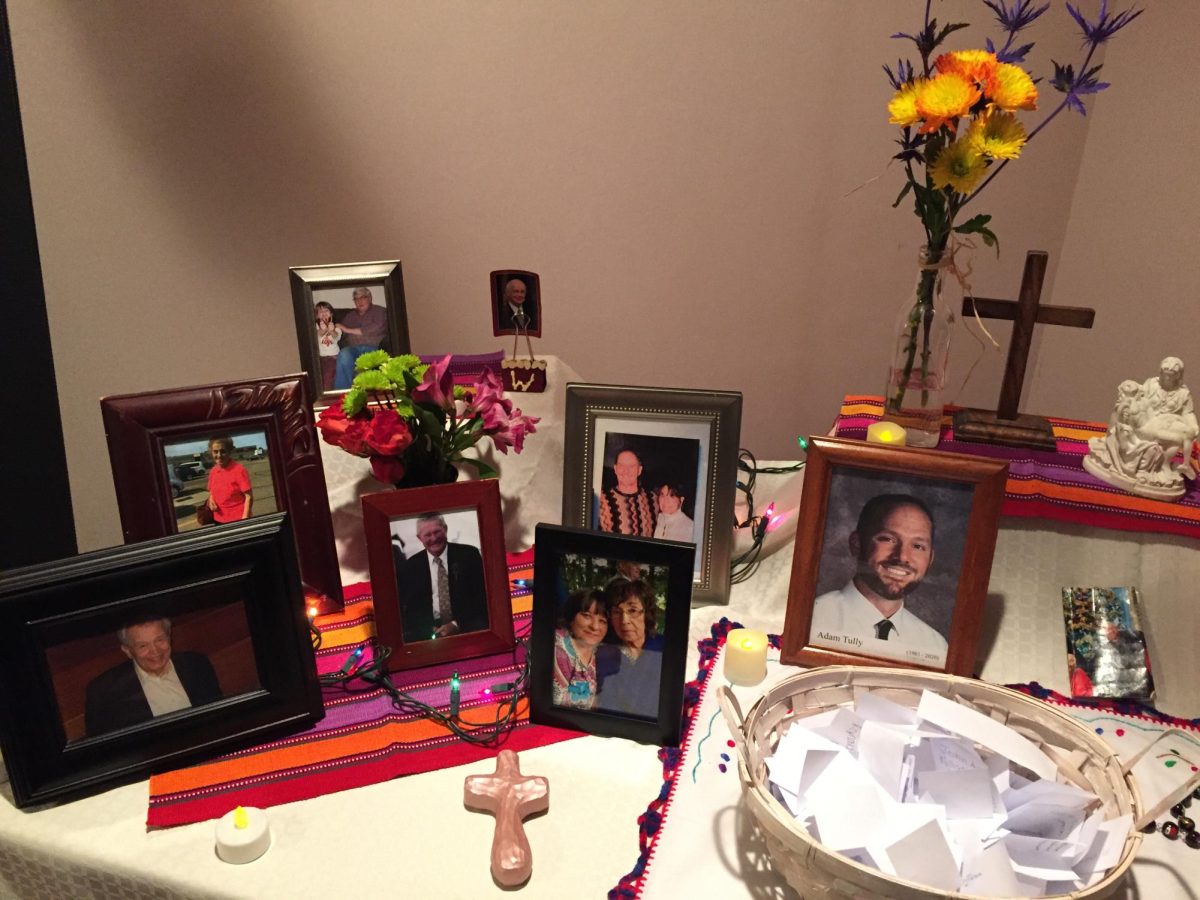

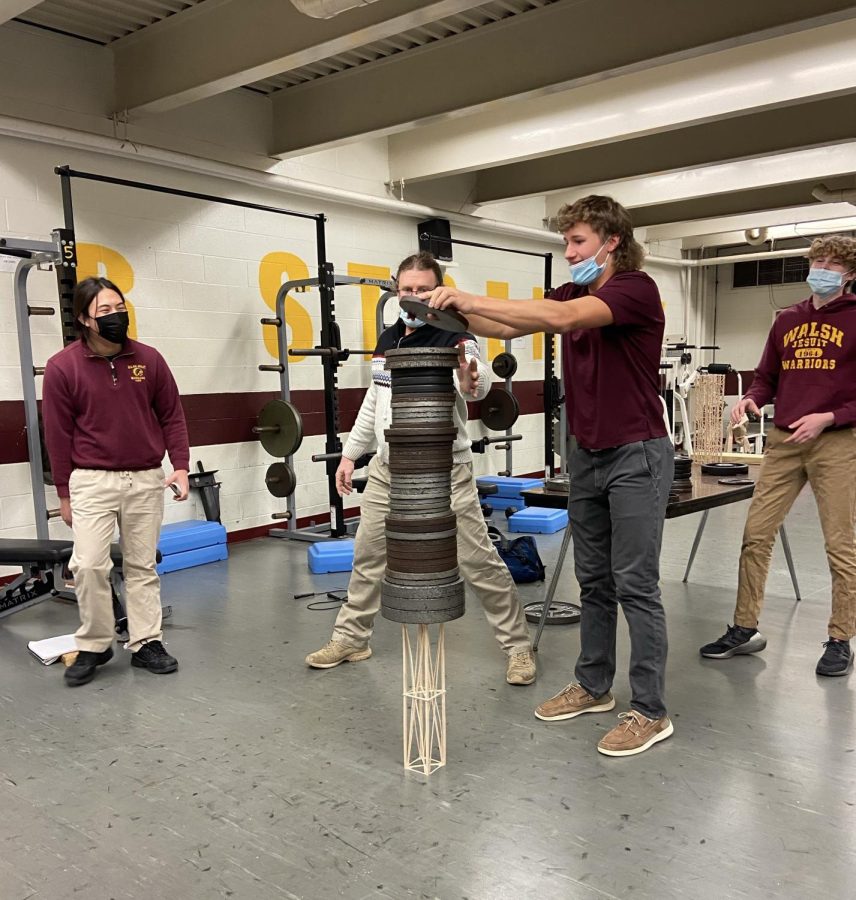


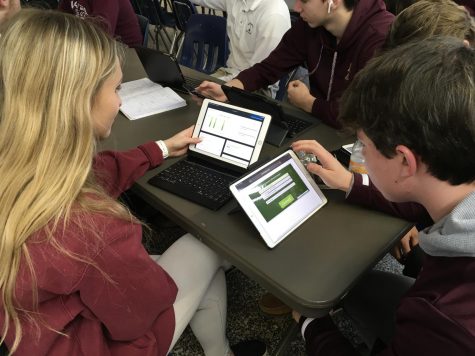
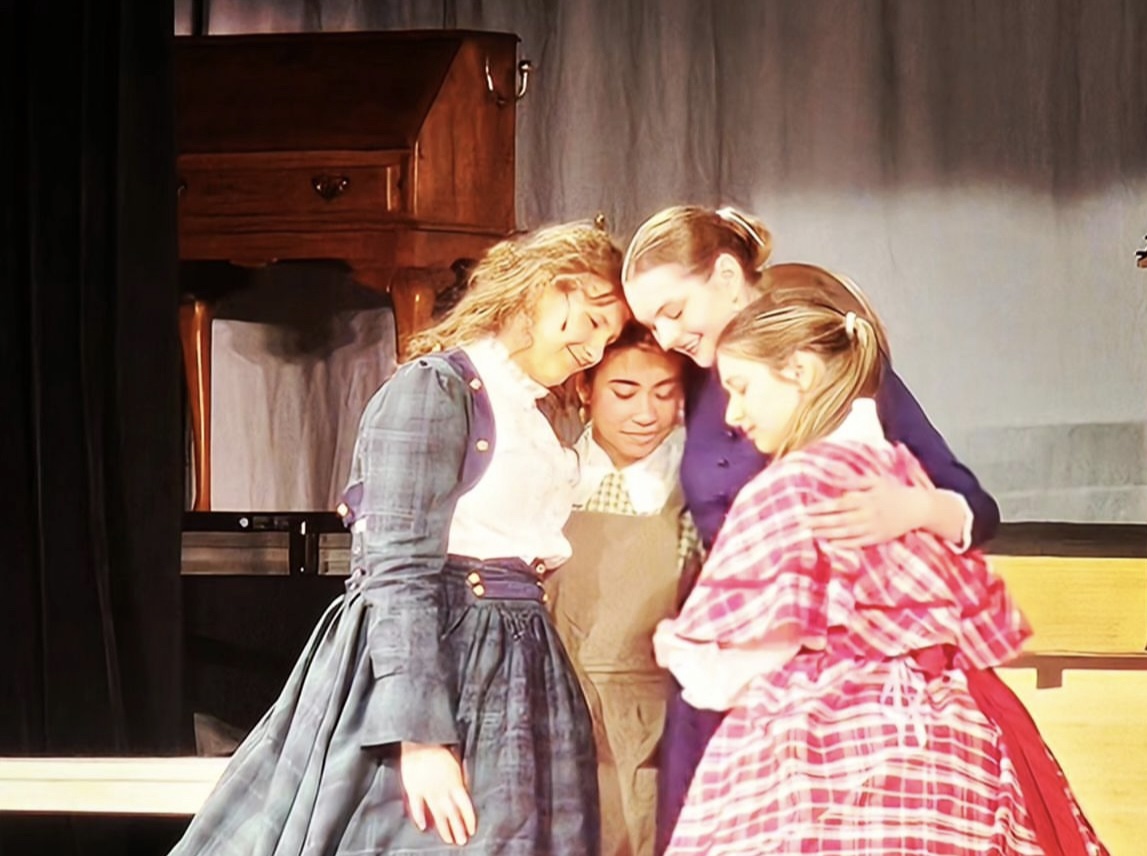




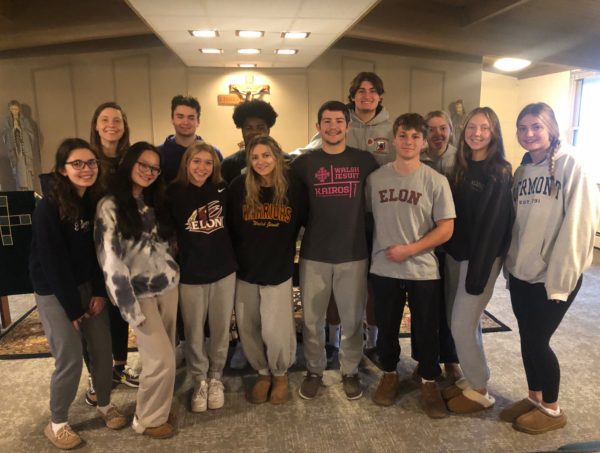

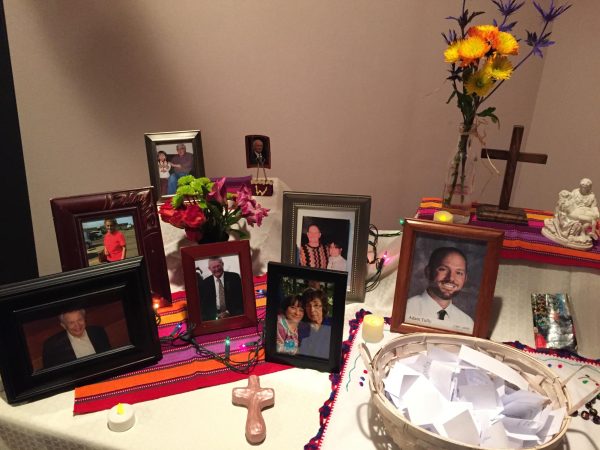
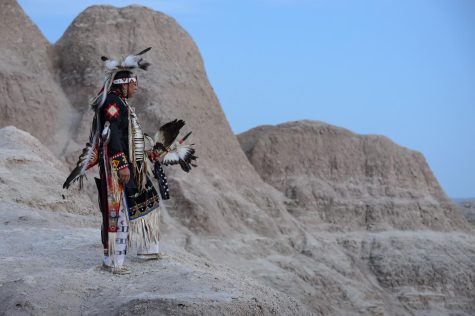




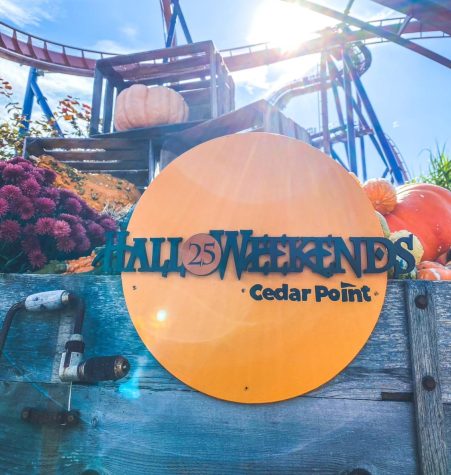
Deb Bok • Feb 26, 2018 at 3:25 pm
I never knew that Al Capp, the famous cartoonist who created Li’l Abner, was drawing under a pen name!